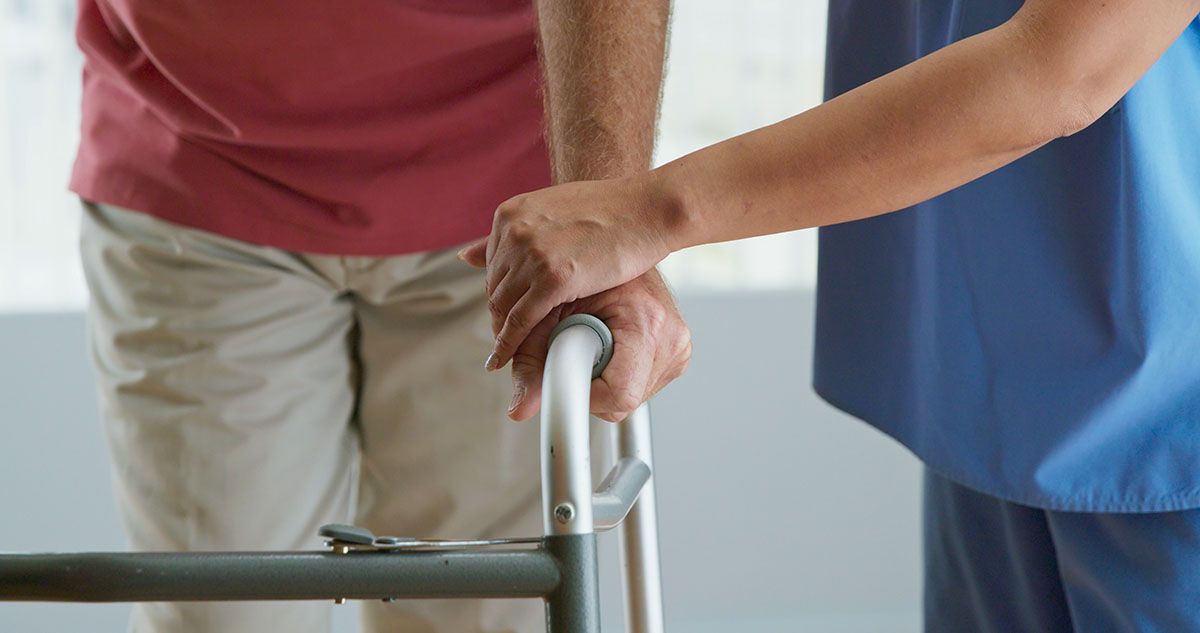An amendment to the Wrongs Act 1958 made last year by the Andrews Government has made it easier for those suffering spinal injuries as a result of an accident in a public place, to access compensation for pain and suffering.
The change, which became law in November 2015, only affects spinal injuries and lowers the threshold of injury required before being allowed to claim damages in public liability cases, to 5%.
The medical guides that injured persons must be assessed against[1] categorise spinal injuries in increments of 5, i.e. 5%, 10%, 15% and so on.
Impairment thresholds lowered for spinal injuries
In order to claim compensation for pain and suffering, an injured person must reach more than 5%[2] (i.e. 6%) ‘whole person impairment’ as defined by the guides. The amendments have now lowered this threshold to 5% or above for spinal injuries.
Before the change, many persons with spinal injuries were prevented from claiming damages, because they had 5% impairment, but not 10% (for lumbosacral spinal injuries), or 15% (for cervicothoracic or thoracolumbar spinal injuries).
The lowering of the threshold to 5% for spinal injuries brings public liability claims in line with the requirements of the WorkCover compensation scheme for no-fault spinal injury claims.
This change does not remove the requirement that the owner or occupier of the premises was negligent, and that their negligence caused your injury.
It is important to note that there is no threshold of injury required in order to claim out of pocket expenses such as lost wages and medical bills against a negligent owner or occupier.
If I have suffered an injury, what does it mean for me?
If you have hurt your spine as a result of an accident in a public place, such as a sporting ground or clubroom, a local council controlled area, a public building, or in a shopping centre, you could now be eligible for a damages claim if your injuries were the result of negligence.
It is important to note that the new legislation also applies to spinal injuries incurred prior to November, as long as your claim was not finalised in court or otherwise settled.
So, if you have had a spinal injury compensation claim that was assessed not to have been severe enough, you may now qualify for pain and suffering damages.
What types of public injury claims will be affected?
Injuries covered by the Wrongs Act 1958 commonly occur in the following settings:
- Shopping centres
- Supermarkets
- Private shops/businesses
- Areas under the control of a local Council
- Playgrounds, where there is faulty playground equipment
- Badly repaired/damaged footpaths
- Sporting clubs and facilities
- Stairs in public places or private businesses
Is there an expiry date for claims?
Technically, yes. Generally, public liability claims must be made within three years of the occurrence of the injury. It is important to note that a Court can allow an out of time application if the seriousness of your injury did not appear until after this time.
Although yet to be tested in court, the amendments to the Wrongs Act 1958appear to give wide powers to Courts in relation to claims which are affected by the changes. This means if your spinal injury was previously assessed as not being serious enough, and more than three years has passed since you were injured, the Court may allow you to proceed out of time.



